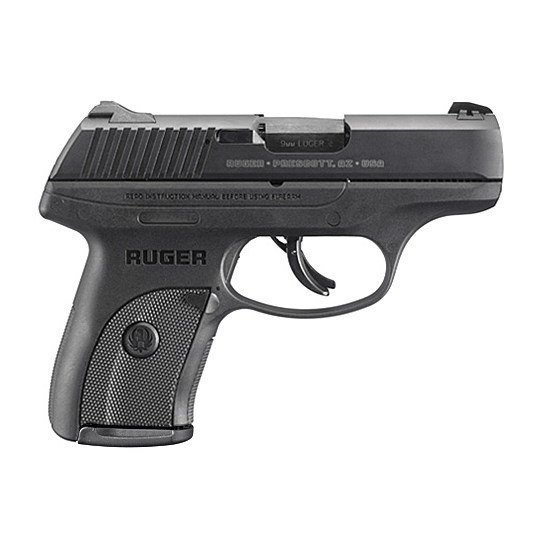Ruger LC9s PRO 9mm Pistol w/o Safety u2013 3248 For Sale
$299.99
The Ruger LC9s PRO 9mm Pistol (Model 3248) is a compact, lightweight firearm optimized for concealed carry and personal protection. Notable for its simplicity, this model omits an external manual safety and magazine disconnect, offering a streamlined user experience. It features a striker-fired design with a short, light, and crisp trigger pull for quicker, more precise shooting, and it’s compatible with all existing LC9® accessories, including lasers, holsters, and extended magazines. Built with a blued, through-hardened alloy steel slide and a durable black glass-filled nylon grip frame, the LC9s PRO is robust and easy to handle. The checkered grip and optional finger grip extension enhance comfort, while the high-visibility 3-dot sight system ensures accuracy with adjustable rear and fixed front sights. Safety features include an integrated trigger safety and a visual inspection port to verify chamber status. Supplied with a 7-round magazine and a soft case, it is ready for immediate use, making the LC9s PRO a reliable and high-performance choice for firearm enthusiasts.

Reviews
There are no reviews yet.